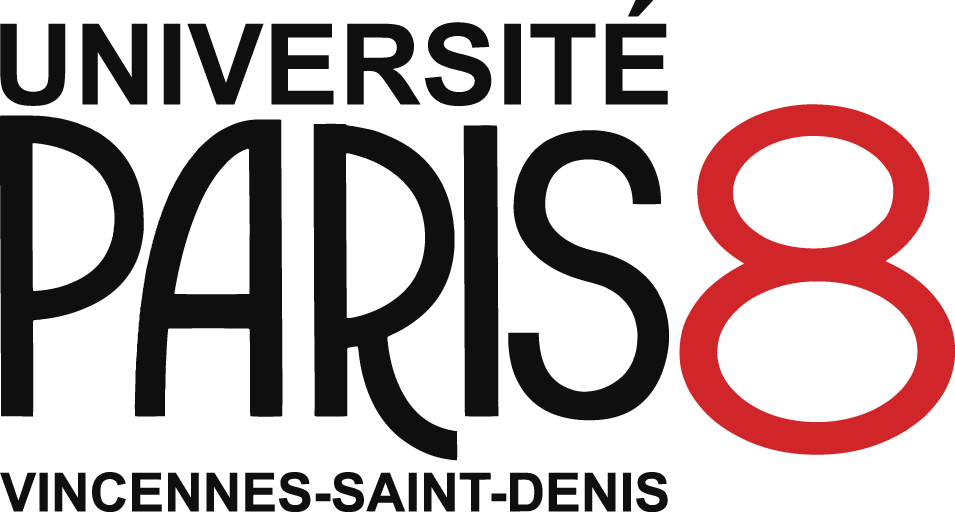A common place
Un lieu commun
Résumé
This text, commissioned in 2003 by a French festival director, Michel Caserta, reflects upon the shifts occurred in the French contemporary scene in the nineties. « To my mind, this movement is above all characterized by a twofold critical production: first, it questions the choreographic legacy of, as well as the discourses “on,” dance, since it is clear that aesthetic and critical thoughts are closely linked, and that it is not possible to engage with one without becoming bound up with the other. It is well known that the end of the 1990s was affected by a crisis of every value that underlay the choreography of the previous decade. Today a new generation of dancers, choreographers, and performers offers an analysis of, and reaction to, the system as a whole, whose principal failing was its stifling uniformity. One of the qualities of this critical movement is that it tackles the system as a whole, showing how it operates in terms of aesthetics (which aesthetic norms are now dominant?), politics (what connections govern the relationships that exist between artists, artists and regulating bodies or curators, spectators and dancers, etc?), and economics (how the development of a market for the performing arts is indissociable from the development of an aesthetic). With the market saturated and the system hardly allowing any new names to enter, this period of theorization is being accompanied by political actions involving artists themselves taking up new spaces and modes of production. A new community of dance has therefore emerged, coexisting with the previous. »
Origine : Accord explicite pour ce dépôt
